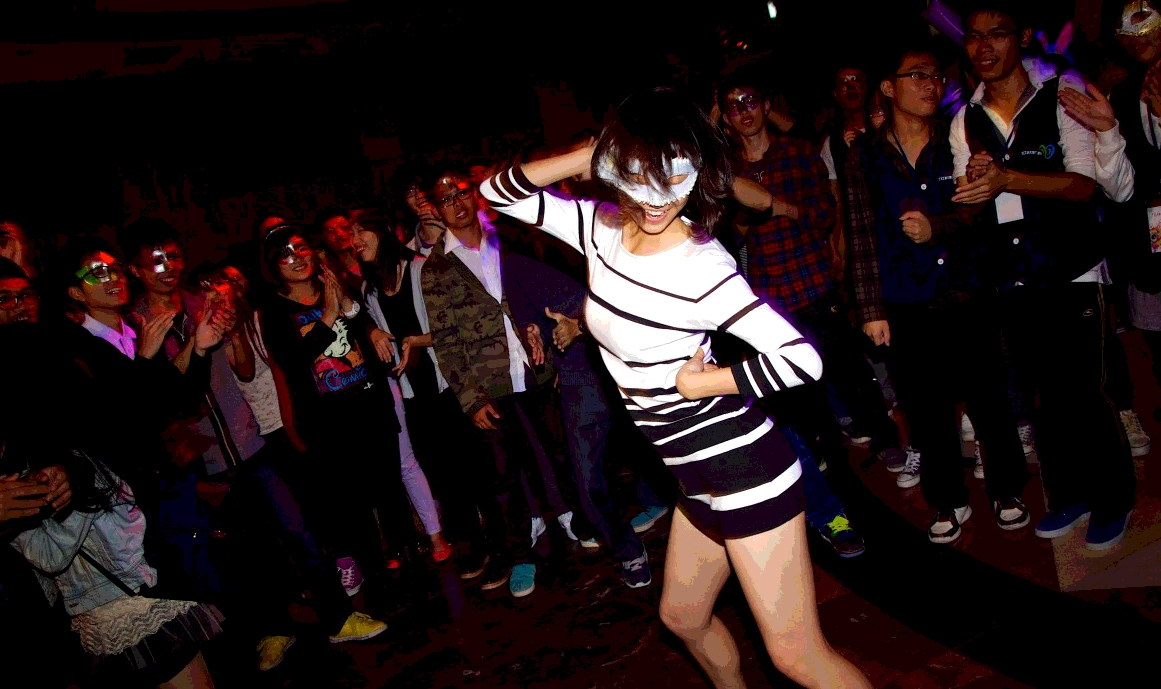Angelica Babiera | Arts Editor
Featured image: Throughout the history of party dresses, issues with consent and judgements still play a role in slut-shaming. | Courtesy of Beryl
In a sea of greens and whites, people dress however they please on Saint Patrick’s Day. Some men wear nothing but body paint and green underwear to bars or parties, while some women wear shorter, tight-fitting clothes.
Meanwhile, others simply wear plain tees and jeans. These outfits are perfectly fine to wear, because the individuals chose to wear them.
However, what changes the situation is how others blur the line between what is consensual and what is not.
Many women often wear “provocative” outfits when they are going out with their friends to a club or bar, much like how they would on March 17. There’s an assortment of outfits that women wear—from lace bodysuits with Fashion Nova high-waisted jeans to a halter top paired with a skirt, it’s not a lie that women look stunning in such outfits.
If dressed up with the right shoes and an appealing makeup look, it’s no surprise women’s fashion often outshines men’s at a party or club—this is nothing new—which might be why, every year, there are articles published about women who become victims of sexual assault.
Men are allowed to wear whatever they please, yet when it comes to a woman’s choice of attire, some feel the need to comment or think they are allowed to feel her up, simply because she is wearing something provocative.
When the cocktail dress first appeared in the early 1800’s, the whole ordeal was seen as absurd and “unladylike” by the more traditional and conservative.
Women who wore cocktail dresses were more independent and freethinking for their time. Even during the flapper era and prohibition, controversy regarding women wearing short dresses, smoking cigarettes, and drinking arose.
After WWII, the dresses became more flamboyant, shorter, and slimmer, accentuating the female silhouette.
With recent issues surrounding consent and sexual assault, it’s important to recognize how many women are still feeling objectified for wearing clothes that make them feel more confident.
“I feel like it’s kind of like Halloween. We can wear whatever we want—slutty or not. It’s other people’s problems if they got a problem with it. What we wear and what we decide to wear don’t depict our characters,” Frazielle Agtarap, a third year Global Health undergraduate says.
Men get sexually harassed and assaulted as well, however, it happens more frequently with women.
Alexandra Draper, a second-year Psychology undergraduate, says: “Girls go to the club in bralettes and mesh bodysuits typically purchased at lingerie stores. Not that clothing indicates consent by any means, but I do believe it can unfortunately attract the wrong attention.
“The difference with guys showing up practically naked in body paint on Saint Patrick’s Day is that it’s seen as funny and as a joke. Plus, when you typically imagine someone not respecting consent and personal boundaries, you don’t picture a woman. But it’s a two-way street.”
Overall, many still need to understand—no means no.


